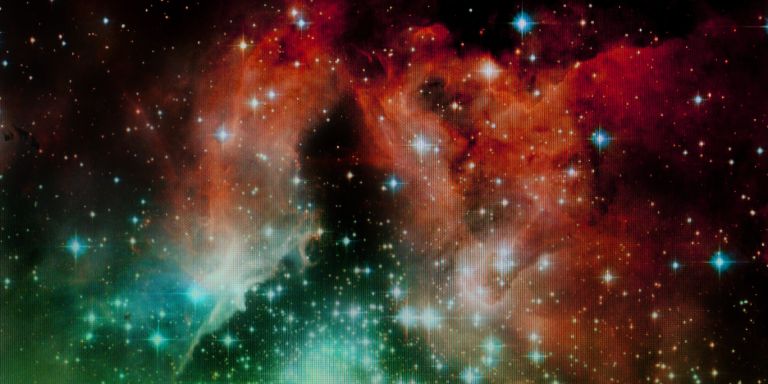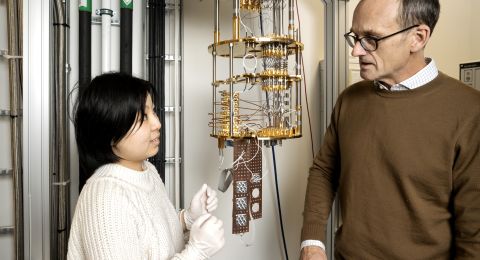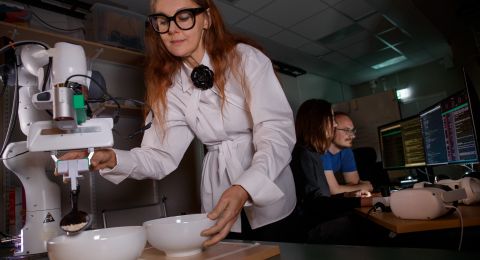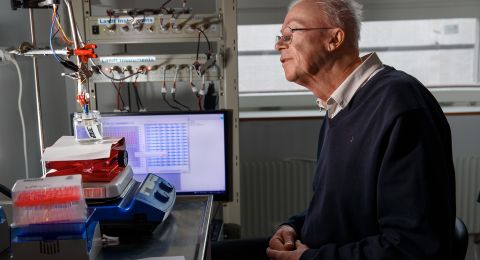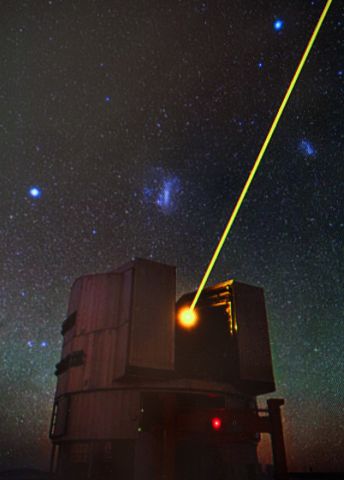
Project Grants 2012
Characterization of the Earth-sized exoplanets
Principal investigator:
Professor Nikolai Piskunov
Institution:
Uppsala University
Grant in SEK:
SEK 23 million over five years
On a high mountain in the Chilean Atacama desert, one of the world's largest telescopes looks out into space. The site is well chosen for astronomical studies. Here, the Earth's atmosphere is thin and the disruption from light from other human activity is minimal. The telescope is one of the European southern observatory's 8-meter telescopes and what makes this particular telescope special is that it is equipped with a high-tech instrument, CRIRES, which can analyze infrared heat radiation and thereby discover exoplanets.
The researchers Eric Stempels and Ulrike Heiter work many thousands of miles from there, at the Department of Physics and Astronomy in the Ångström Laboratory at Uppsala University.
“I have always been interested in planetary systems. When I began studying at the university, we didn't even know if there were other planets in our galaxy. Today, we know that they exist and we will soon also have the possibility of measuring what these planets and their potential atmospheres look like. It feels incredibly exciting,” says Ulrike Heiter.
Refurbish and improve
Nikolai Piskunov, Uppsala University, is now leading an international cooperation project with Swedish, German and Italian research teams. The project's aim is to refurbish and improve CRIRES to something that will nearly become an entirely new instrument.
“The goal is to find and characterize exoplanets that are as Earth-like as possible, with radius, density, orbit, surface, and especially an atmospheric composition similar to that of Earth. The next question will then be if life can exist on such a planet,” says Ulrike Heiter, who like Eric Stempels is a part of the Swedish research team.
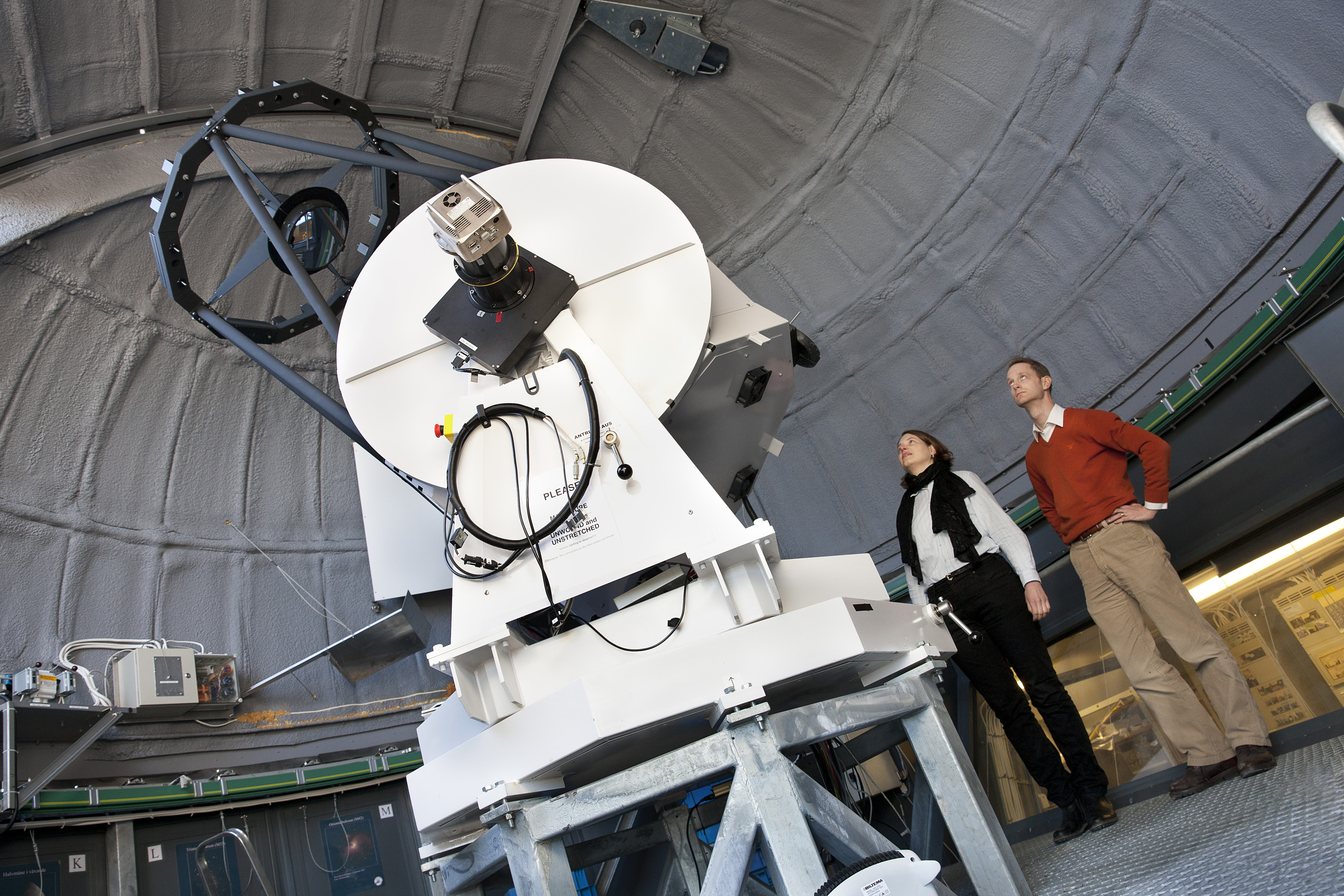
“So far, we have not been able to analyze the atmospheres of exoplanets. With the new instrument, we can botanize among identified planets to see if there are or have been conditions for life on other planets in our galaxy,” continues Eric Stempels.
An atmosphere that stabilizes the surface temperature and distributes heat between various parts of a planet's surface is a crucial prerequisite for life. An atmosphere may also contain particular molecules that are indicative of biological processes, showing that life is present on an exoplanet. The difficulty of analyzing a planet’s atmosphere is, however, that the light from the nearby star is so strong that it “drowns” the very weak light from the planets. A possible solution to the problem is to analyze certain spectral lines in a high-resolution infrared spectrum - and it is this very possibility that the researchers now want to develop. CRIRES measures wavelengths between 1 and 5 micrometers in the infrared, which is the region where conditions are best for determining the chemical composition of exoplanetary atmospheres.
New components
The project comprises four parts. The first part is mainly of a technical nature, improving the existing instrument with new components that increase the number of spectral lines that can be measured simultaneously, as well as installing new and modern detectors that are significantly more sensitive than those currently present. With these modifications, the instrument will better be able to differentiate the infrared light that the planets emit from the infrared light that the significantly brighter stars emit.
In the project's second part, the researchers will extend the instrument with a so-called polarimeter, which makes it possible to differentiate polarized light, which is emitted from planets, from unpolarized light, which is emitted from stars.
In part three, they will develop the data reduction system, which is the software that will process the original data that come from the telescope and deliver them in a format that the researchers can use. In part four of the project, they will conduct research on the data that the instrument gathers.
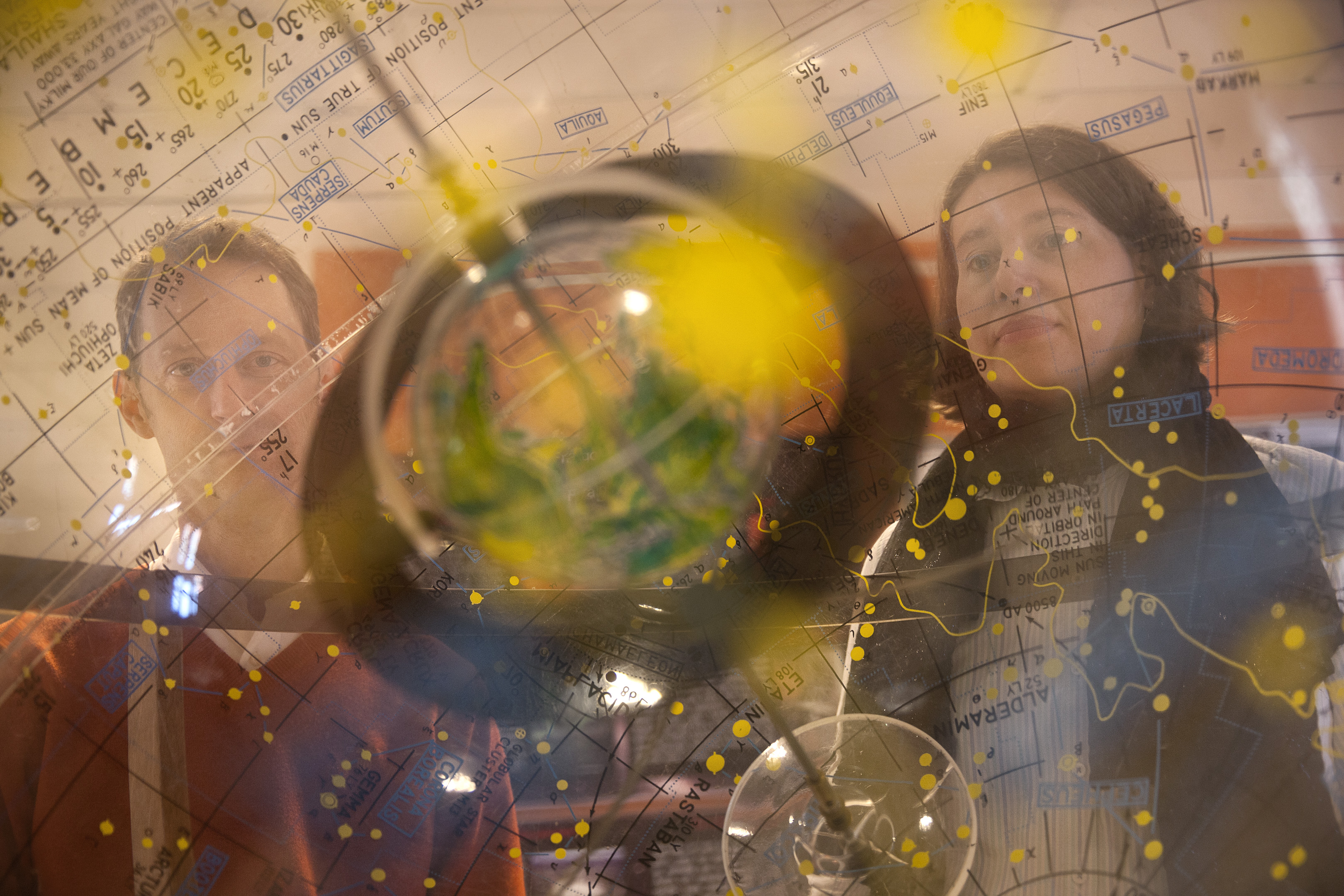
Bringing it all together
The refurbishing of CRIRES is estimated to take two and a half years, and there are quite a number of aspects that all need to work together seamlessly for the project to be successful. The project is complex and, besides astronomy also concerns technology and human cooperation. Of course, there are also no guarantees that the researchers will discover any atmospheres around Earth-like exoplanets.
But the possibilities of pioneering discoveries spur them on.
“Today, we know exactly what celestial bodies without life look like. In fact, life has a major impact on a planet. If we find something that deviates significantly from what we expect should be lifeless, it may be a sign that life exists,” says Eric Stempels and continues:
“Right now, there are indeed no indications that life exists on other planets. But we live in a golden age. Within 50 years, during our lifetime, we might learn new things that will force us to reconsider our view of the world and the universe.”
Text Anders Esselin
Translation Semantix
Photo Magnus Bergström
GLOSSARY
Astronomy:
The science of celestial bodies and the universe.
Exoplanets:
Planets orbiting stars other than the sun.
ESO, European Southern Observatory:
Europe's foremost inter-government organization for astronomic research and the world's most productive astronomic observatory. ESO assists astronomers with fully modern research facilities with support from Belgium, Brazil, Denmark, Finland, France, Italy, the Netherlands, Portugal, Switzerland, Spain, the UK, Sweden, Czech Republic, Germany and Austria.
Infrared radiation (IR radiation):
Electromagnetic radiation with wavelengths in the interval of 700nm to 1mm, meaning wavelengths just longer than those of visible light.
Spectrum:
A division of electromagnetic radiation or another type of waves into various wavelengths or frequencies.
Spectroscopy:
The collective name for experimental methods to study spectra. Electromagnetic radiation is commonly used to study a part of the electromagnetic spectrum and thereby obtain knowledge about chemical concentrations and compositions.
Spectral lines:
Light or dark lines in the spectrum from a light source. They arise when electrons in the light source (or intermediate material's) atoms shift from one energy level to another. Since these energy levels (and the difference between them) are fixed and specific for every individual substance, spectral lines can be used to identify which substance(s) are involved.
CRIRES:
CRyogenic high-resolution InfraRed Echelle Spectrograph
